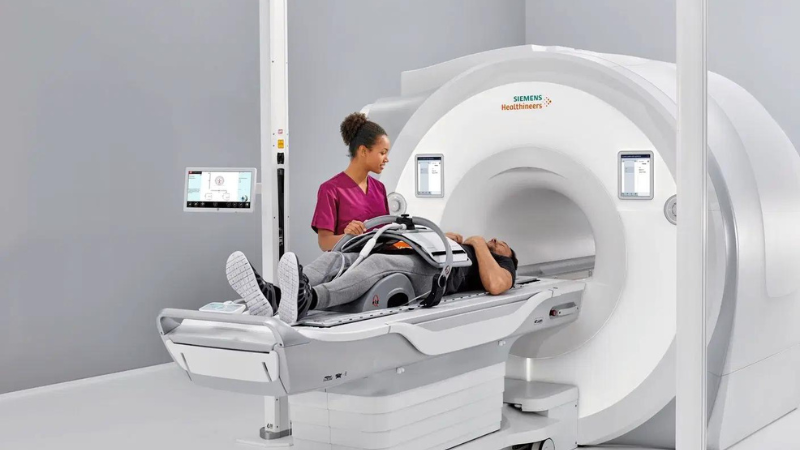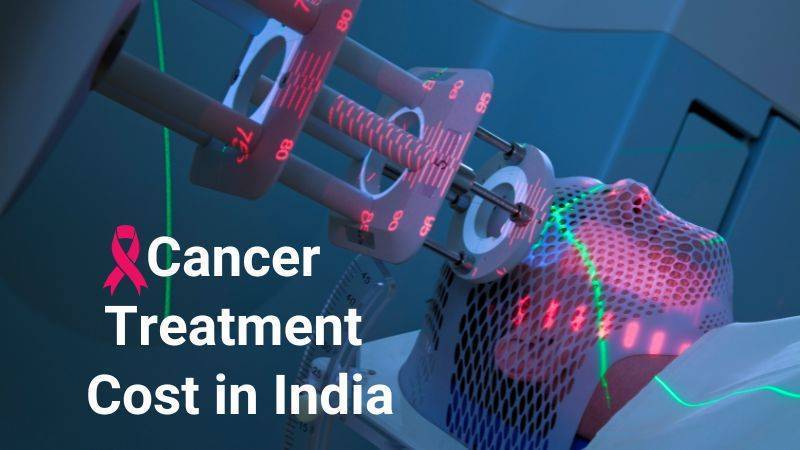“Cancer Treatment in India: Affordable Care for All”
Cancer treatment in India is becoming increasingly expensive, with the cost of treatment varying greatly depending on the type of cancer and the treatment required.
The cost of cancer treatment in India can range from a few thousand rupees to several lakhs, depending on the type of cancer and the treatment required.
The cost of chemotherapy, radiation therapy and surgery can all add up quickly, making it difficult for many people to afford the necessary treatments.

Additionally, the cost of medicines and other related expenses can add to the overall cost of treatment. In this article, we will discuss the cost of cancer treatment in India and how to manage the financial burden.
The High Cost of Cancer Treatment in India: What You Need to Know
Cancer is a devastating diagnosis that can have a profound impact on a person’s life.
In India, the cost of cancer treatment can be exceptionally high, making it difficult for many to access the care they need. However, there are ways to make cancer treatment more affordable and accessible.
The cost of cancer treatment in India can be overwhelming. Treatment can range from chemotherapy and radiation to surgery and other treatments.
 The cost of these treatments can be prohibitively expensive, especially for those who are already struggling financially. Additionally, the cost of medications and other treatments can add up quickly.
The cost of these treatments can be prohibitively expensive, especially for those who are already struggling financially. Additionally, the cost of medications and other treatments can add up quickly.
However, there are ways to make cancer treatment more affordable. Many hospitals and clinics offer discounts and payment plans to help make treatment more accessible. Additionally, several organizations provide financial assistance to those in need.
These organizations can help cover the cost of medications, treatments, and other expenses associated with cancer treatment. It is also important to remember that cancer treatment is not just about the cost. It is also about finding the right care and support.
There are a number of organizations and support groups that can provide emotional and practical support to those going through cancer treatment. These organizations can provide invaluable resources and support to those in need.
| NGO Name | Help Provided |
|---|---|
| Cancer Patients Aid Association | Financial assistance for treatment and support for education and rehabilitation |
| CanSupport | Home-based palliative care and support for cancer patients and their families in Delhi and surrounding areas |
| Indian Cancer Society | Cancer prevention, early detection, patient care and financial assistance to patients and families in need |
| The Hope Foundation | Comprehensive cancer care for underprivileged communities including financial assistance, patient support and education |
| Cancer Sahyog | Financial assistance to cancer patients and their families, as well as support for education and rehabilitation |
| Cancer Aid Society | Financial assistance to cancer patients and their families, as well as support for education and rehabilitation |
| Cancer Care India | Financial assistance to cancer patients and their families, as well as support for education and rehabilitation |
| Cancer Aid and Research Foundation | Financial assistance to cancer patients and their families, as well as support for education and rehabilitation |
Please note that this list is not exhaustive and there are other NGOs as well which are working in this field. Also, the information provided is general and may not be entirely accurate for each NGO. It’s always best to visit the NGO’s website or contact them directly for the most up-to-date information on their services and programs.
Cancer treatment can be expensive, but it doesn’t have to be. With the right resources and support, it is possible to make cancer treatment more affordable and accessible.
By taking advantage of discounts, payment plans, and financial assistance, those in need can get the care they need without breaking the bank.
Additionally, support groups and organizations can provide invaluable emotional and practical support to those going through cancer treatment.
With the right resources and support, cancer treatment can be made more affordable and accessible.
Q&A
1. How much does cancer treatment cost in India?
The cost of cancer treatment in India varies depending on the type of cancer, the stage of the disease, the type of treatment, and the hospital or clinic where the treatment is being done. Generally, the cost of cancer treatment in India ranges from Rs. 50,000 to Rs. 5 lakhs.
2. How does the cost of cancer treatment in India compare to other countries?
Cancer treatment in India is generally less expensive than in many developed countries, with costs ranging from a few thousand Rupees to 8 to 10 Lakh of Rupees, depending on the type and stage of cancer and the treatment required.
3. Are there financing options available for cancer treatment in India?
Some hospitals in India offer financing options for patients to make cancer treatment more affordable. Additionally, some patients rely on government health insurance schemes or charitable organizations to help cover the cost of treatment.
4. How much does chemotherapy cost in India?
The cost of chemotherapy in India can vary depending on the type of drugs used and the length of treatment. A basic course of chemotherapy can cost a few thousand Rupees, while more complex treatments can be more expensive.
5. How much does radiation therapy cost in India?
The cost of radiation therapy in India can vary depending on the type of therapy and the length of treatment. A course of radiation therapy can cost anywhere from a few thousand Rupees to 8 Lakh Rupees.
6. How much does surgery cost in India?
The cost of surgery in India can vary depending on the type of surgery and the complexity of the procedure.
A basic surgery can cost a few thousand Rupees, while more complex procedures can be more expensive. Please note that these are general estimates and costs can vary depending on the specific hospital, location and the case of the patient.
Conclusion
In conclusion, cancer treatment costs in India can vary greatly depending on the type of cancer, the stage of cancer, and the type of treatment chosen.
Treatment costs can range from a few thousand rupees to several lakhs of rupees.
However, there are many government and private initiatives that provide financial assistance to those who cannot afford the cost of cancer treatment.
Therefore, it is important to explore all available options to ensure that cancer treatment is accessible and affordable for all.






